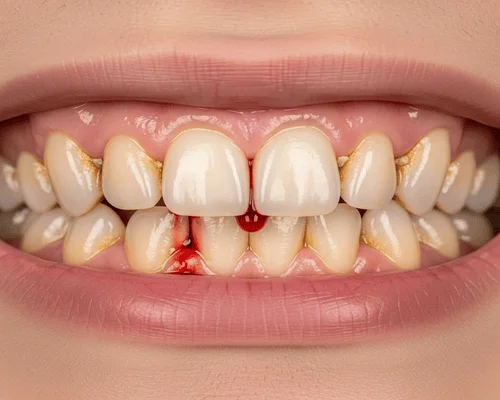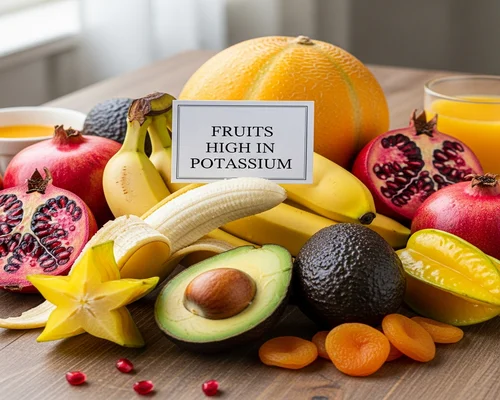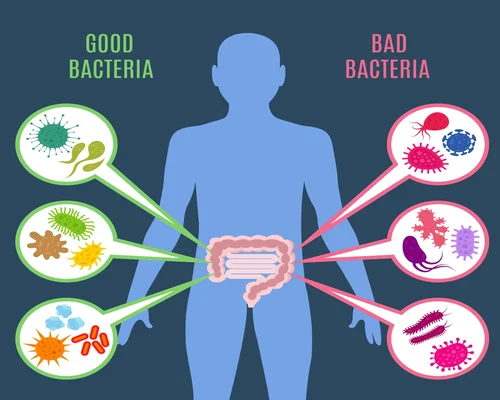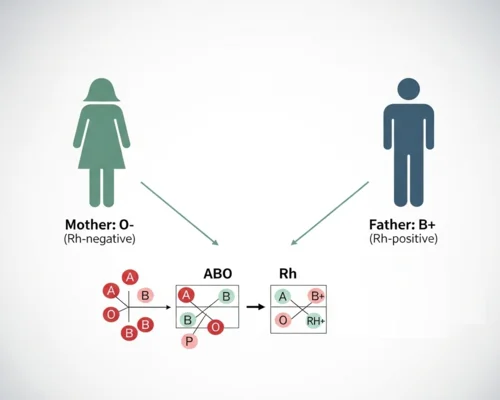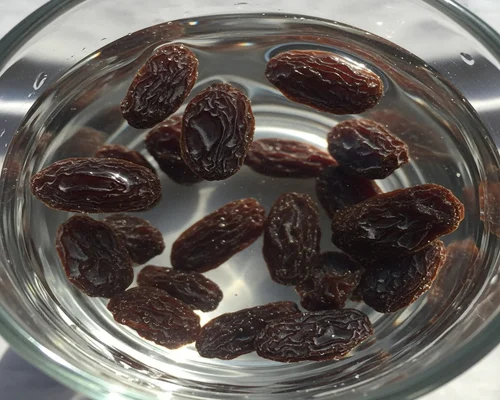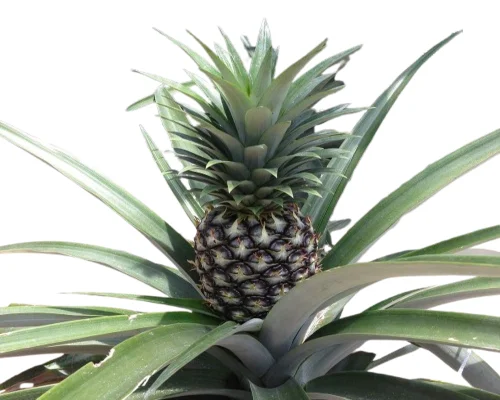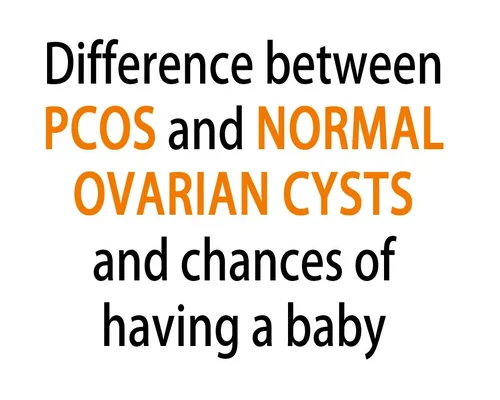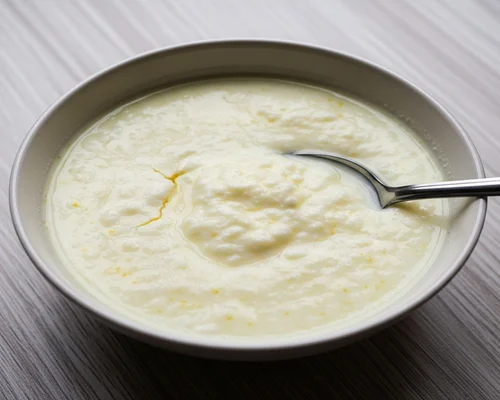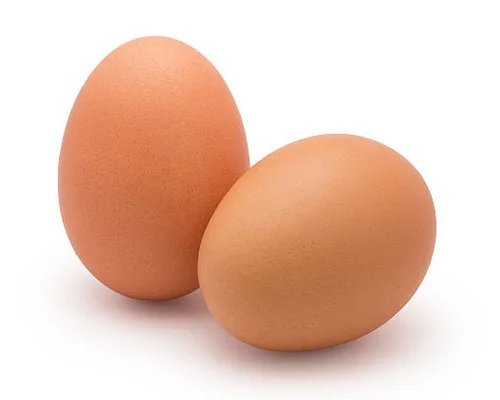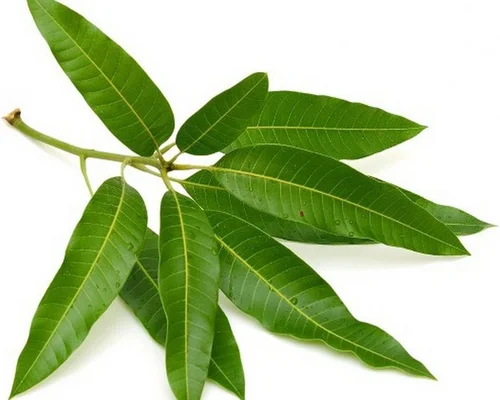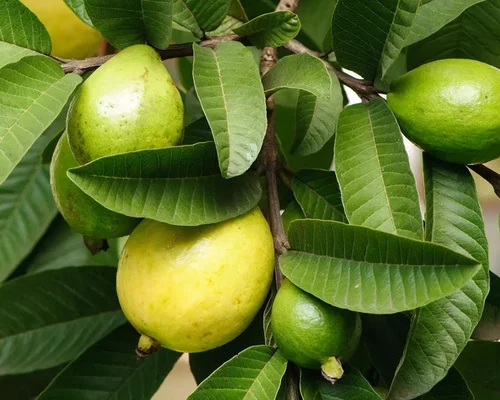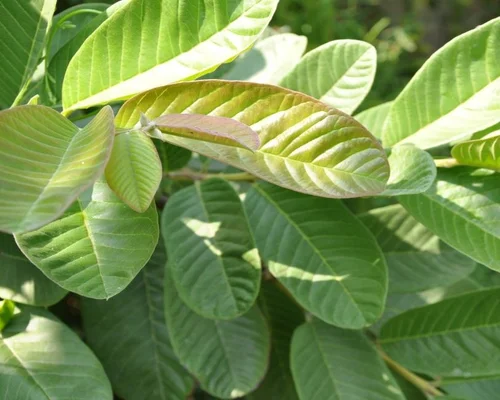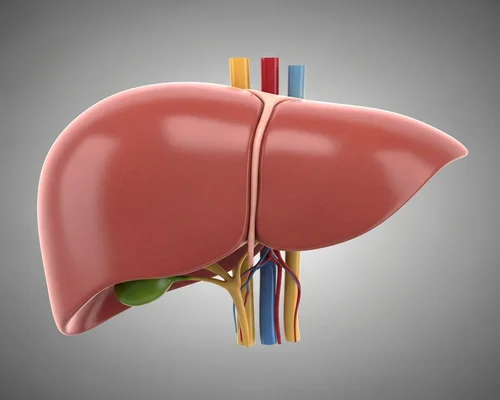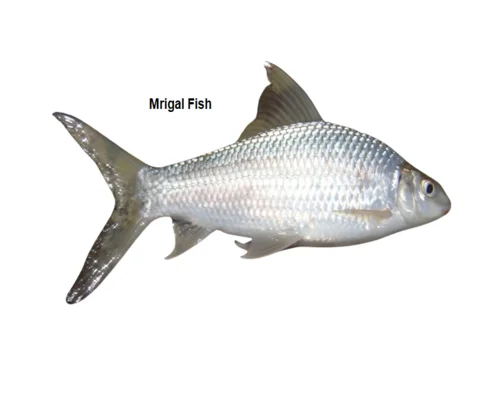
Mrigal Fish benefits
Mrigal Fish benefits
Mrigal carp is a freshwater carp of the genus Cirrhinus of the Cyprinidae family. It is also known as Mirka or Sirhinus mrigala. Its scientific name is Cirrhinus cirrhosus.
Mrigel fish is native to South Asia. This fish is found in Bangladesh, India, Pakistan, Myanmar, Nepal, Laos.
The body of mrigel fish is long and covered with cycloid scales. However, they do not have scales on their heads. Their faces are big. Pectoral fins are shorter than the head.
Anal fins do not extend further than tail fins. Usually the color of the back of this fish is dark gray. However, the sides and belly are silver in color. They have no teeth in their jaws.
As the mrigel fish feeds on the bottom of the water, it can be easily farmed together with the upper water layer fish and the middle layer roo fish. This results in lower food costs. Crayfish lay their eggs at the bottom of the water. But after giving birth, they move to the surface of the water. But when they grow up, they move to the underwater level.
They mature within 1-2 years. They can lay millions of eggs.
Crayfish feed on underwater insects, snails, mussels, algae, tiny plants and animals. However, in the case of pond farming, mrigel fish have to be given separate supplementary food. If properly supplemented, this fish becomes edible and marketable within six months. Usually they weigh 1-2 kg. But maximum they can be up to 13-14 kg.
Due to the nutritional quality of Mrigel fish, the cultivation of this fish is increasing day by day in our country. The calcium present in this fish plays an effective role in the formation of our teeth and bones. This fish oil contains omega-3 unsaturated fatty acids. Research has also shown that omega-3s prevent blood clots from forming. As a result, it helps prevent strokes caused by blood clots in our body.
Mrigel fish contains a lot of vitamins, minerals, calcium, phosphorus. According to experts, regular consumption of this fish increases immunity. The various vitamins present in it help to increase the energy of the body. As a result, there are various benefits of eating this fish during the change of season.
Nutritional value of mrigel fish:
- Non-vegetarian: 18.2%
- Fat: 4.2%
- Calories: 132
- Vitamins A, D, E, K
- Minerals: Calcium, Phosphorus, Iron, Zinc, Magnesium, Potassium etc.
Features of Mrigel Fish:
Color: The body color of mrigel fish is gray or brown. The dorsal side of the body is dark and the ventral side is lighter.
Size: Mrigel fish are usually 30-50 cm in length and 1-3 kg in weight. However, mrigel fish up to 80 cm long and weighing up to 6 kg are also found.
Body structure: The body of mrigel fish is long and flat. Big head and big eyes. There is a long fin on top of the head.
Diet: The mrigel fish is a herbivorous fish. They usually live by eating algae, aquatic plants, snails, mussels, etc. under the water.
Habitat: Crayfish is a freshwater fish. They usually live in rivers, canals, bilges, ponds, etc.
Breeding: Mrigel fish usually breed in May-July. They mate with other fish of the same species
reproduces The female murgel fish lays about 5000-10000 eggs at a time. The eggs float on the bottom of the water. After hatching, the larvae feed on algae and aquatic plants.
Cirrhinus cirrhosus (scientific name: Cirrhinus cirrhosus) is a freshwater carp of the genus Cirrhinus of the Cyprinidae family. It is a common fish of South Asia. It is found in Bangladesh, India, Pakistan, Myanmar, Nepal, Laos.
The body of the murgel fish is long and the depth is greater than the length of the head. This type of fish is similar to Katla and Rui fish. Their bodies are covered with cycloid scales. They have no scales on their heads. Their faces are big. Pectoral fins shorter than head, anal fins do not extend beyond tail fins. Generally the back of this fish is dark grey, while the sides and belly are silvery. They have no teeth in their jaws.
Dwarf fish feed on the bottom of the water. As a result, this fish can be cultivated very easily with the fish katal and middle layer of water. This results in lower food costs. Usually they weigh 1-2 kg. But maximum they can be up to 13-14 kg.
Mrigel fish is a delicious fish. It is cooked and eaten in various ways. For example: Fried, Poppy Bata, Jhol, Chachchari, Malaikari etc.
Benefits of mrigal fish
- Omega-3 fatty acids in salmon also help in brain development.
- Vitamins and minerals in salmon fish help to boost immunity.
- Vitamin A in salmon helps maintain eye health.
- Vitamins A and D in salmon fish help maintain skin health.
- The calcium and phosphorus in salmon helps maintain bone health.
- Fish meat is very beneficial for the human body. It replenishes the body and gives energy. Mrigel fish is fat and beneficial for health. It helps in controlling cholesterol levels in the body.
- Fish oil contains omega-3 fatty acids. Omega-3 fatty acids help control cholesterol levels in the body.
- Omega-3 fatty acids in salmon may help reduce the risk of heart disease.
- Salmon helps in muscle building (Protein – 25.2 gms)
- Mrigel fish is rich in albumin, which helps in maintaining body fluid balance.

-vegetable.webp)
